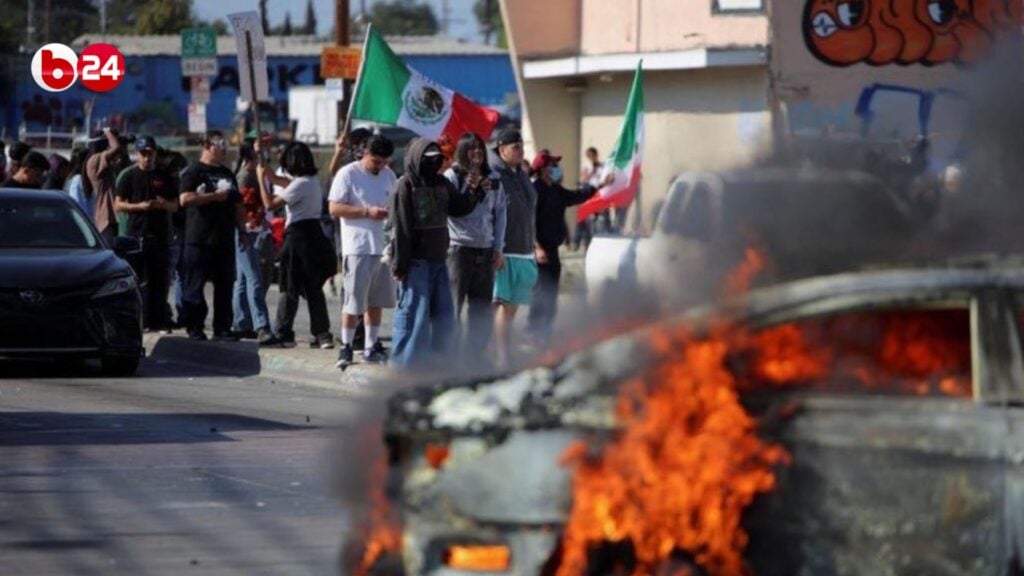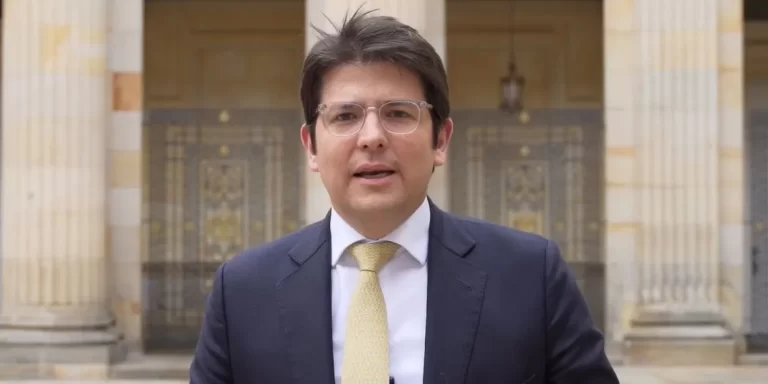[ad_1]
PORT ARTHUR, Texas (Reuters) – A week after Hurricane Harvey came ashore in Texas, no let-up in rescue efforts was expected on Friday as large pockets of land remained under water after one of the costliest natural disasters to hit the United States.
The storm has displaced over a million people, with 44 feared dead from flooding that paralyzed Houston, swelled river levels to record highs and knocked out the drinking water supply in Beaumont, Texas, a city of about 120,000 people.
Arkema SA and public health officials warned of the risk of more explosions and fires at a chemical plant owned by the firm. On Thursday blasts rocked the facility, about 25 miles east of Houston and zoned off inside a 1.5-mile (2.4-km) exclusion zone, after it was engulfed by floodwater.
With the presence of water-borne contaminants a growing concern, the National Weather Service issued flood watches from Arkansas into Ohio on Friday as the remnants of the storm made their way through the U.S. heartland.
The Neches River, which flows into Beaumont and nearby Port Arthur, was forecast for a record crest from Friday well above flood levels. The flooding and loss of drinking water forced the evacuation of a hospital on Thursday.
“Beaumont is basically an island,” Mayor Becky Adams told a news conference on Thursday.
The city, situated about 80 miles (130 kms) east of Houston and largely cut off by floods, was only able to receive one major supply of drinking water on Thursday and there were plans to set up water distribution centers on Friday, city official said.
Harvey roared ashore late last Friday as the most powerful hurricane to hit Texas in half a century. It was downgraded to a tropical depression as it headed inland, dumping unprecedented quantities of rain and leaving devastation across more than 300 miles in the southeast corner of the state.
Moody’s Analytics estimated the economic cost from Harvey for southeastern Texas at $51 billion to $75 billion, ranking it among the costliest storms in U.S. history. Much of the damage has been to Houston, the U.S. energy hub, whose metropolitan area has an economy comparable with Argentina‘s.
At least 44 people were dead or feared dead in six counties including and around Houston, officials said. Another 19 remained missing.
Some 779,000 Texans have been told to leave their homes and another 980,000 fled voluntarily amid dangers of new flooding from swollen rivers and reservoirs, according to Department of Homeland Security acting secretary Elaine Duke.
Tens of thousands crowded in evacuation centers across the region.
As floods began to recede in Houston, firefighters on Thursday began conducting a house-by-house search to rescue stranded survivors and recover bodies as some residents began to return to their homes to assess the damage.
COVERED IN WATER
Seventy percent of Harris County, which encompasses Houston and has a population of about 4.6 million people, was covered with 18 inches (45 cm) or more of water, county officials said.
As signs of normal life returned to the city, the nation’s fourth most populous, there were also concerns about health risks from bacteria and pollutants in floodwater.
The Houston Astros baseball team, forced to play away from the city due to the floods, will return and play at its home field on Saturday. It has invited shelter residents to attend its double header against the New York Mets, Houston Mayor Sylvester Turner said on his Twitter feed.
Flooding has shut some of the nation’s largest oil refineries and hit U.S. energy infrastructure, which is centered along the Gulf Coast. It has sent gasoline prices climbing and disrupted global fuel supplies. [O/R]
The national average for a regular gallon of gasoline rose to $2.519 as of Friday morning, according to motorists advocacy group AAA.
The storm knocked out about 4.4 million barrels of daily refining capacity – a bit more than what Japan uses daily – and the signs of restarts were tentative.
In major Texas cities including Dallas, there were long lines at gas stations, prompting state regulators to tell people they were sparking a panic and saying there were ample fuel supplies.
Power outages had decreased from peaks over 300,000 to about 160,000 homes and business in Texas and Louisiana as of Friday morning, data from utilities showed.
Many in Houston were shocked at what they found when they returned home.
Anita Williams, 52, was lined up at a shelter at Houston’s George R. Brown Convention Center to register for emergency aid, having surveyed the damage to her one-story home on Wednesday.
“It’s not my house anymore,” Williams said. “My deep freezer was in my living room.”
Additional reporting by Richard Valdmanis, Marianna Parraga, Gary McWilliams, Ernest Scheyder, Erwin Seba, Ruthy Munoz, Peter Henderson and Andy Sullivan in Houston, Ben Gruber in Crosby, Texas, Emily Flitter in Orange, Texas, David Gaffen in New York, Jon Herskovitz in Austin, Texas, and Brendan O’Brien in Milwaukee; Writing by Jon Herskovitz and Dan Whitcomb; editing by John Stonestreet
[ad_2]
Source link






Leave a Reply